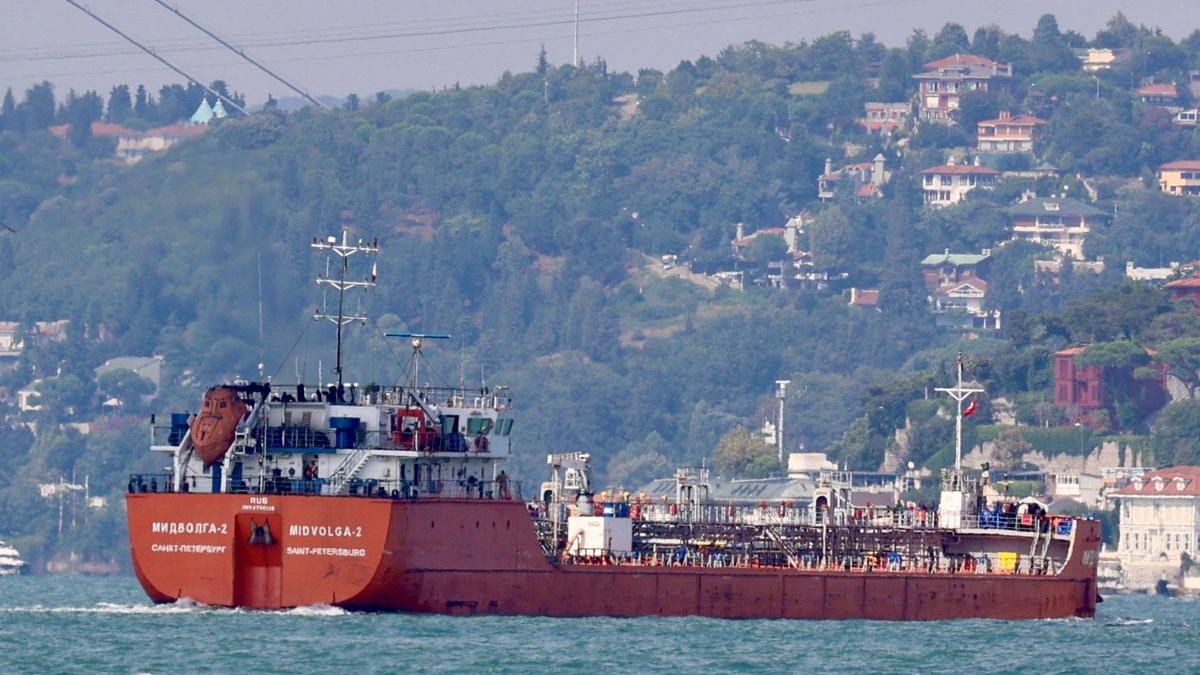



India, a top heeng consumer, has successfully cultivated the spice. Led by CSIR-IHBT, the first plant flowered five years after initial planting. This milestone proves heeng can grow in India, paving the way to reduce import dependency and boost farmer income with this culturally important spice.

Copyright infringement not intended
Picture Courtesy: THE HINDU
Indian Scientists have successfully cultivated Heeng (Asafoetida) in the country.
India imported its entire supply from countries like Afghanistan, Iran, and Uzbekistan. This is due to the specific and challenging agro-climatic conditions the Heeng plant (Ferula assa-foetida) requires.
Agro-Climatic Requirements
Climate: Heeng grows in cold and arid (desert) conditions.
Temperature: It flourishes in temperatures of 10-20°C but can withstand extremes, from lows of -4°C to highs of 40°C.
Rainfall: It prefers very low moisture and annual rainfall of not more than 200-300 mm.
Soil: The ideal soil is sandy and well-drained with low moisture content.
Biological Hurdles: The plant seeds have a very low germination rate (around 1%) and a long dormancy period, making them difficult to cultivate. It is a perennial plant that takes five years to mature and start flowering.
Lead Institution: The mission is led by the Council of Scientific and Industrial Research's (CSIR) Institute of Himalayan Bioresource Technology (IHBT) in Palampur, Himachal Pradesh.
Seed Procurement (2018): CSIR-IHBT undertook a process to procure viable Heeng seeds from Iran and Afghanistan.
Quarantine and Approval: The ICAR-National Bureau of Plant Genetic Resources (NBPGR), the nodal agency, handled the necessary import permits and quarantine inspections
Scientific Intervention: Researchers at IHBT developed specific protocols to overcome the seeds' dormancy and low germination challenges.
Site Identification: Advanced methods like ecological niche modelling were used to identify suitable high-altitude, semi-arid regions in India, such as Lahaul-Spiti in Himachal Pradesh and Uttarkashi in Uttarakhand.
October 2020: The first Heeng seedling was planted in a farmer’s field in Kwaring village, Lahaul Valley, marking the official start of indigenous cultivation
November 2020: Cultivation was extended to the mid-hill regions, with a planting at Janjheli in Mandi district, to test its adaptability.
March 2022: The Heeng Germplasm Resource Centre was established at IHBT Palampur to serve as a national hub for research, training, and propagation
May 2025: The first flowering and seed set reported at Palampur. This event proves that the plant has successfully adapted to Indian conditions and can complete its reproductive cycle, which is essential for sustainable, long-term cultivation and seed production.
Source:
|
PRACTICE QUESTION Q. With reference to the agro-climatic conditions required for Asafoetida (Ferula assa-foetida) cultivation, consider the following statements: 1. It grows in deep, sandy, and well-drained soil. 2. It requires abundant rainfall and high humidity during its growing season to produce high-quality oleo-gum-resin. 3. The plant remains dormant during the peak summer and winter months and grows actively during the monsoon. Which of the statements given above is/are incorrect? A) 1 only B) 2 and 3 only C) 3 only D) 1, 2 and 3 Answer: B Explanation: Statement 1 is correct: Heeng requires soil that is not waterlogged, hence the need for deep, sandy, and well-drained conditions. This is characteristic of mountainous desert regions. Statement 2 is incorrect: Asafoetida is a plant of arid and semi-arid regions (cold deserts). It is adapted to survive with very little precipitation (around 200 mm annually). Abundant rainfall and high humidity would cause its roots to rot and would be completely detrimental to the plant's survival and resin production. Statement 3 is incorrect: The plant's life cycle is adapted to a cold desert climate. It grows when moisture is available from melting snow in spring. It remains dormant during the extremely cold, snow-covered winters and the dry, hot summers. It does not grow during the monsoon, as these regions receive very little monsoon rain. |









© 2026 iasgyan. All right reserved